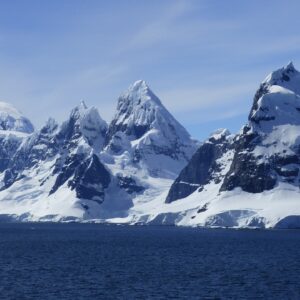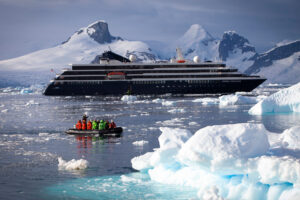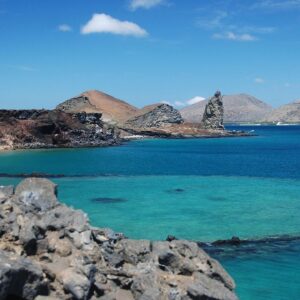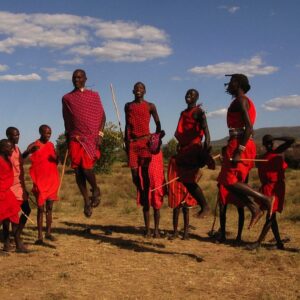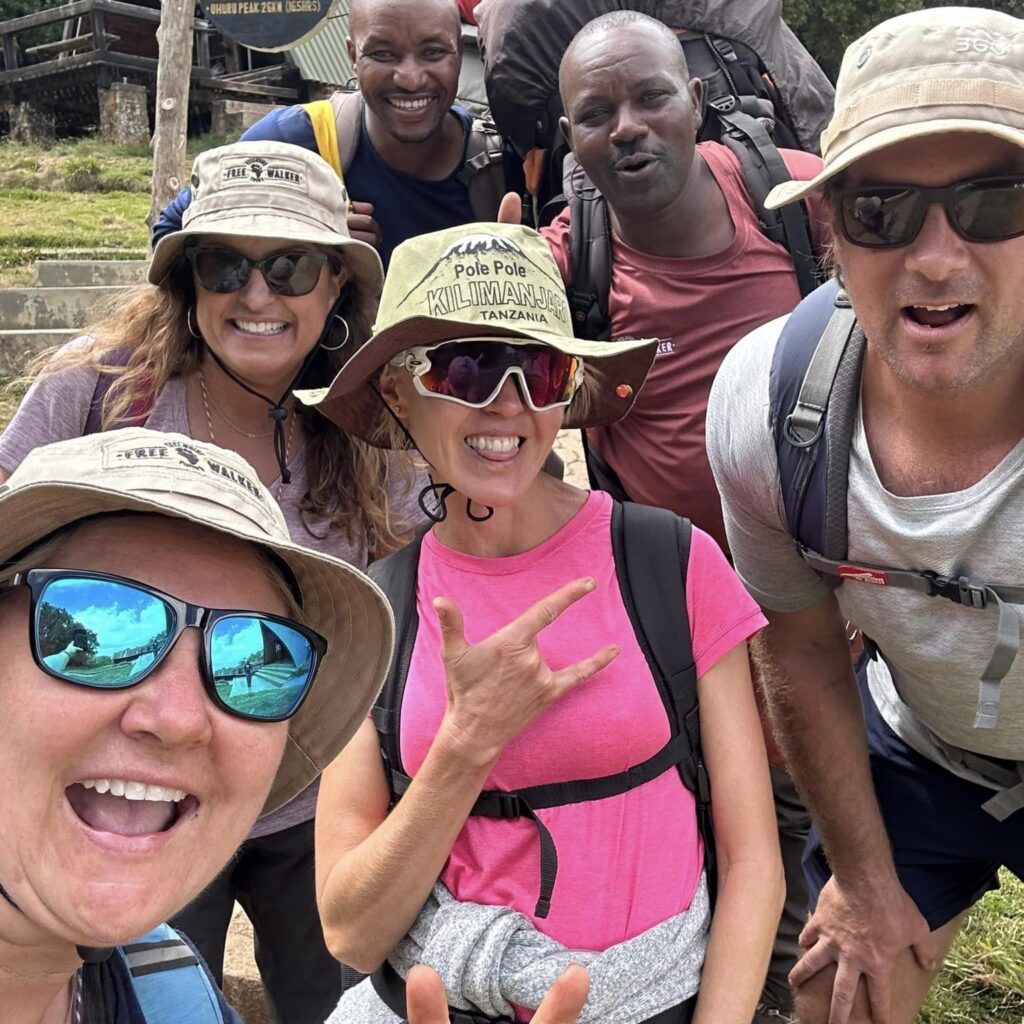
Climbing Mount Kilimanjaro is a challenging but rewarding experience. At 5,895 meters (19,341 feet), it is the highest mountain in Africa and the tallest freestanding mountain in the world. The climb usually takes around 5-9 days depending on the route you take and your fitness level.
The trek up Kilimanjaro takes you through five different climatic zones, starting in lush rainforests and ending in an Arctic-like alpine desert. As you ascend, the air gets thinner and the temperature drops, making the climb progressively more difficult.
Most climbers take one of the seven official routes to the summit. Each route has its own unique scenery, level of difficulty, and acclimatization profile. Some of the most popular routes include the Marangu Route, which is the only route with huts for overnight accommodation, and the Machame Route, which is known for its stunning views and high success rate.
One of the biggest challenges of climbing Kilimanjaro is the altitude. The higher you climb, the thinner the air becomes, which can lead to altitude sickness. It’s important to climb slowly and allow your body to acclimatize to the altitude, which can help reduce your chances of experiencing altitude sickness.
Overall, climbing Mount Kilimanjaro is a once-in-a-lifetime experience that requires physical and mental preparation, but the stunning views and sense of accomplishment at the summit make it well worth the effort.

